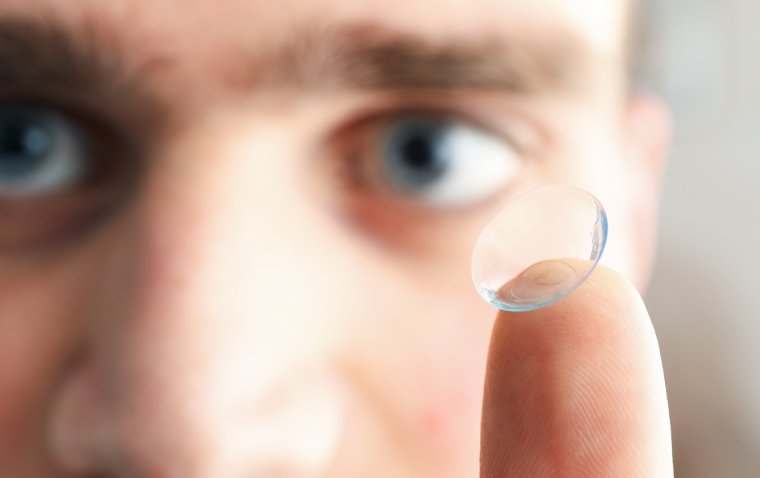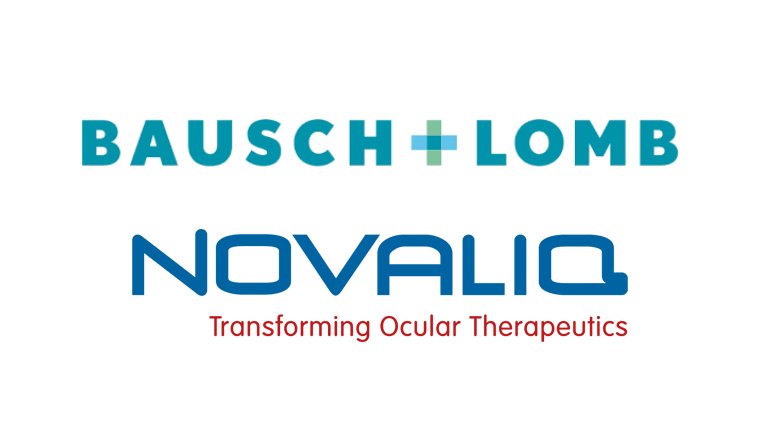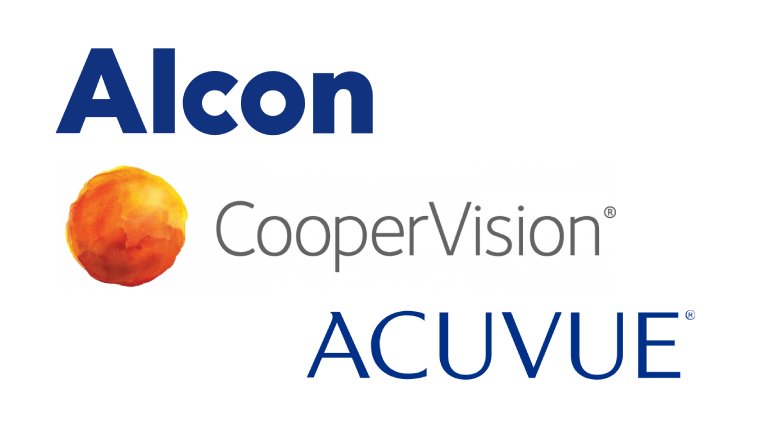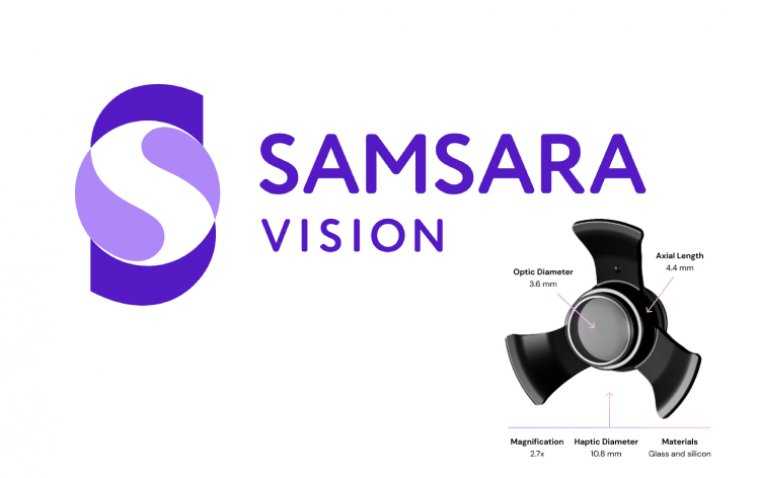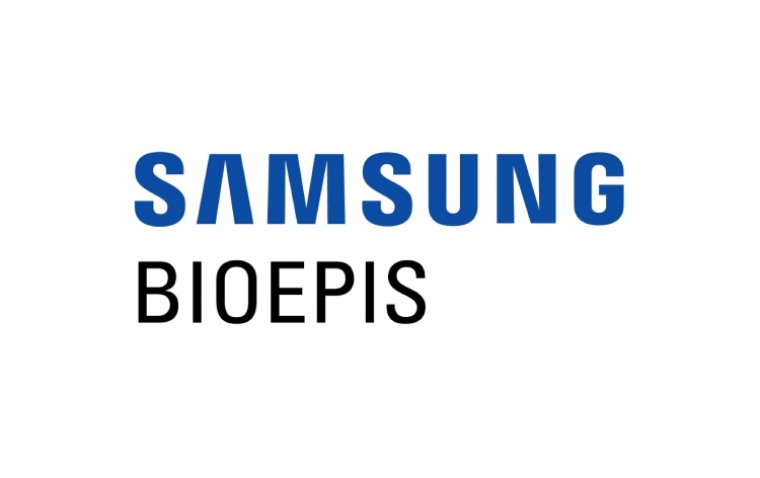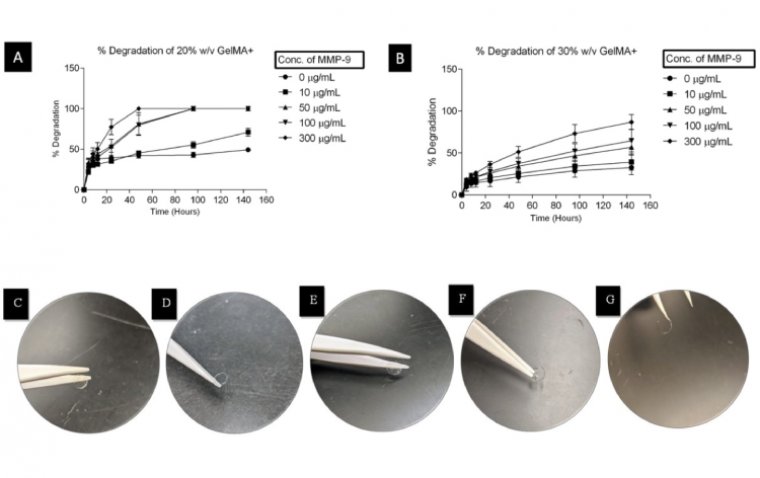
Scientists Develop Healing Contact Lenses for Quicker Corneal Recovery
Scientists at the University of Waterloo have made a groundbreaking development in eye care technology by creating a new type of contact lens that not only serves as a protective bandage for corneal wounds but also delivers healing drugs in a controlled manner.
This novel contact lens material is designed to accelerate the healing process of the eye by responding to enzymes present in the eye that are indicative of injury. The findings of their research were detailed in a publication in the journal Pharmaceutics.
Targeted Drug Delivery System
Patients with corneal abrasions traditionally undergo treatment that involves wearing a clear, oxygen-permeable bandage contact lens for a period of seven to ten days, supplemented with antibiotic eye drops. However, the effectiveness of this treatment is often hampered by the one-time application of antibiotics, which fails to maintain a sustained drug presence on the eye for ongoing treatment.
"It's a targeted-release drug delivery system that is responsive to the body," explained Dr. Lyndon Jones, a professor at Waterloo's School of Optometry & Vision Science and director of the Center for Ocular Research & Education (CORE). "The more injured you are, the more drug gets delivered, which is unique and potentially a game changer."
Dr. Jones highlighted the need for a drug-delivering bandage contact lens that could treat the eye while facilitating its healing process. To achieve this innovation, Dr. Jones collaborated with a team of experts from the University of Waterloo, including Dr. Susmita Bose, Dr. Chau-Minh Phan, and Dr. Evelyn Yim, an associate professor of chemical engineering with a focus on collagen-based materials, along with Dr. Muhammad Rizwan, a former postdoctoral fellow, and John Waylon Tse (MASc'18), a former graduate student from Dr. Yim's lab.
The Science Behind the Lens
The team tackled the challenge of using collagen, a natural protein in the eye involved in the wound healing process but too weak for contact lens material, by strengthening gelatin methacrylate, a collagen derivative, to make it ten times stronger than natural collagen.
One of the breakthrough aspects of this material is its ability to degrade in the presence of matrix metalloproteinase-9 (MMP-9), an enzyme that naturally occurs in the eye and plays a crucial role in wound healing. "These enzymes are very special because they're involved in wound healing, and when you have a wound, they're released in greater quantity," said Dr. Phan. By engineering the material to release drugs in response to the concentration of MMP-9, the system ensures that larger wounds trigger a higher drug release.
Promising Results and Future Applications
Using bovine lactoferrin, a model wound-healing drug, the researchers demonstrated complete wound healing within five days in human cell culture studies with their novel contact lens material. Additionally, the material is designed to activate only at eye temperatures, which provides a mechanism for storing the drug until it is needed.
As the team moves forward with refining the material to incorporate various drugs, they are optimistic about its potential applications, not only for eye injuries but also for treating large skin ulcers and other body sites requiring targeted drug delivery.
Reference
Susmita Bose et al, Fabrication and Characterization of an Enzyme-Triggered, Therapeutic-Releasing Hydrogel Bandage Contact Lens Material, Pharmaceutics (2023). DOI: 10.3390/pharmaceutics16010026
*Stay in the loop and make sure not to miss real-time breaking news about ophthalmology. Join our community by subscribing to OBN newsletter now, and get weekly updates.
(1).jpg)
